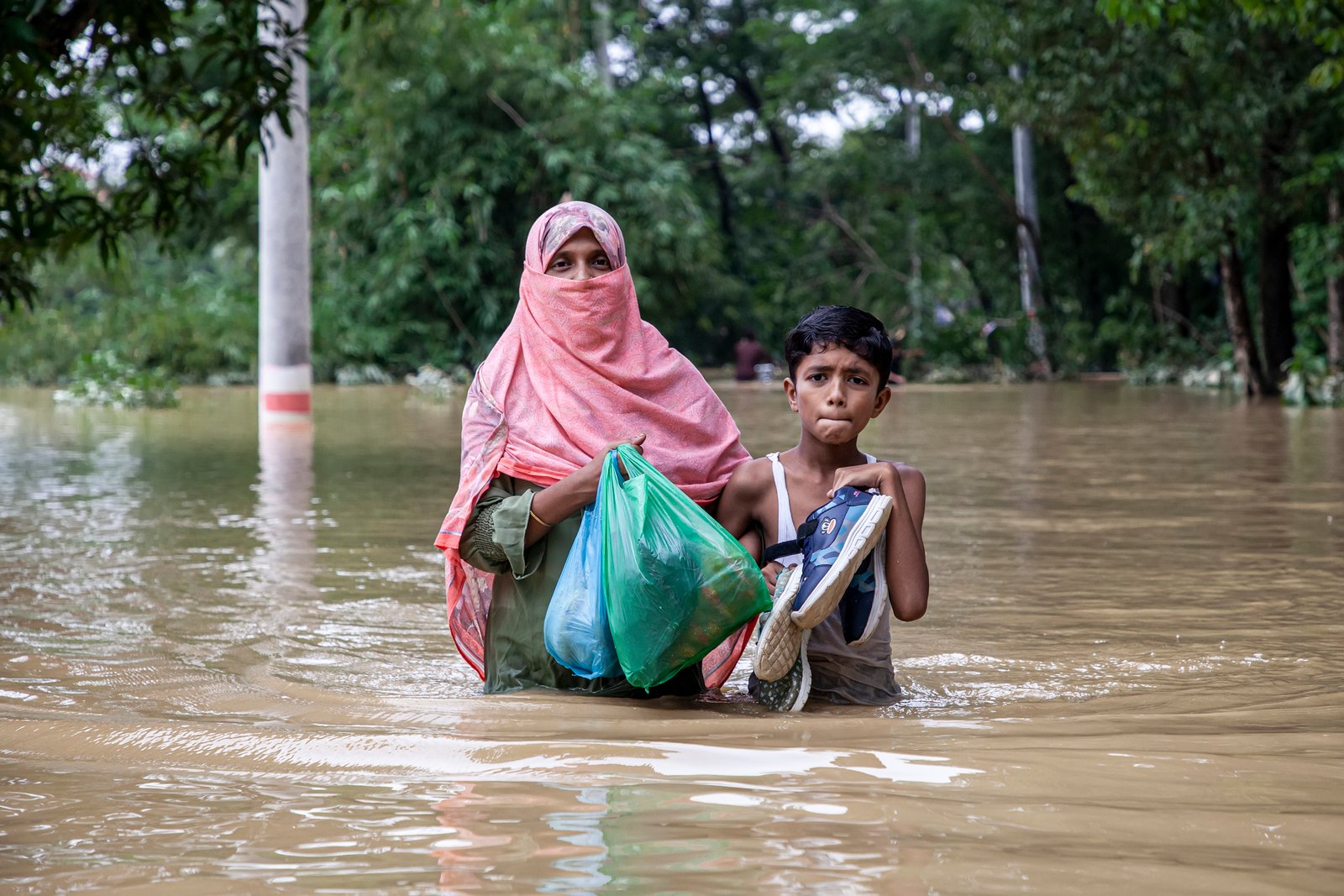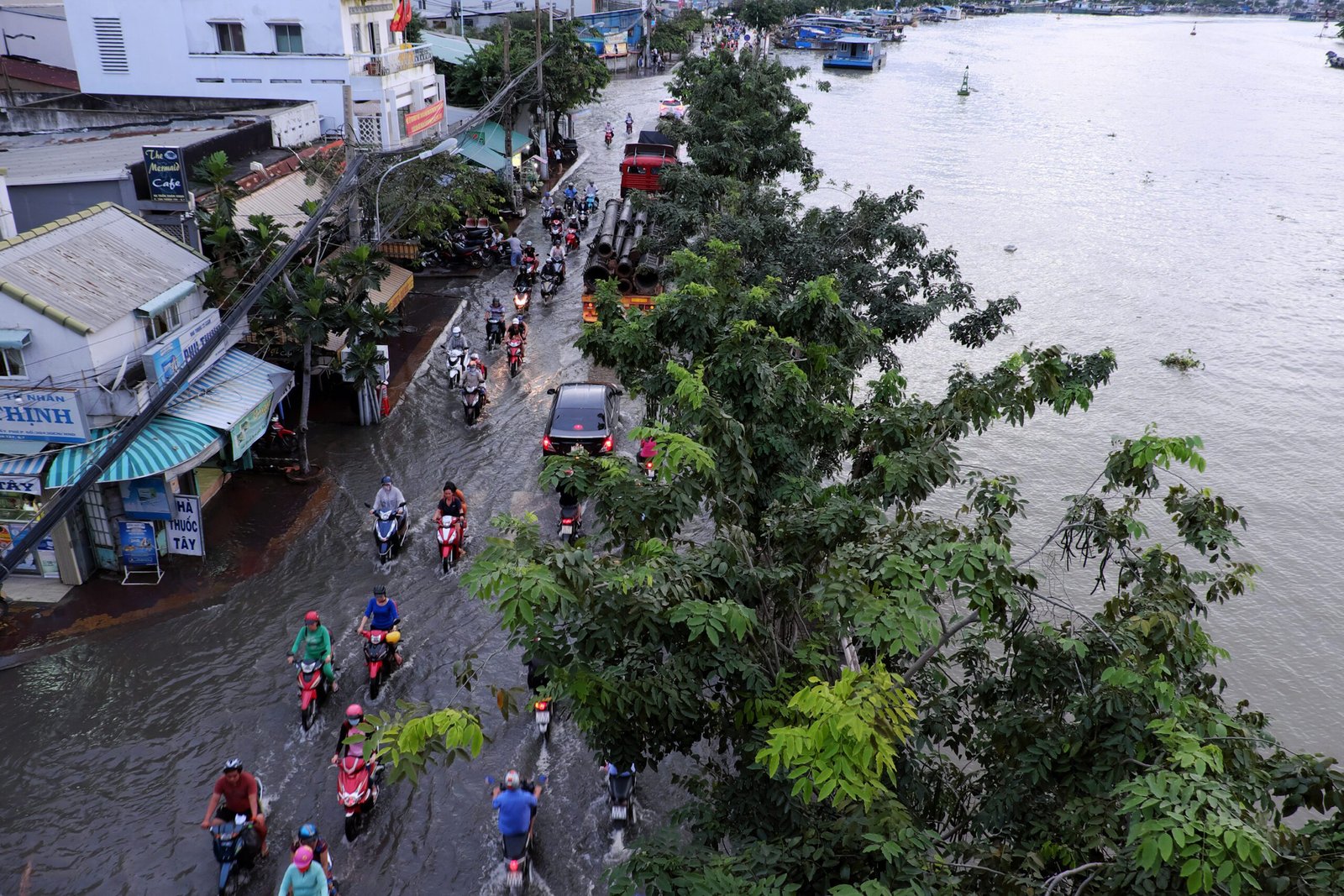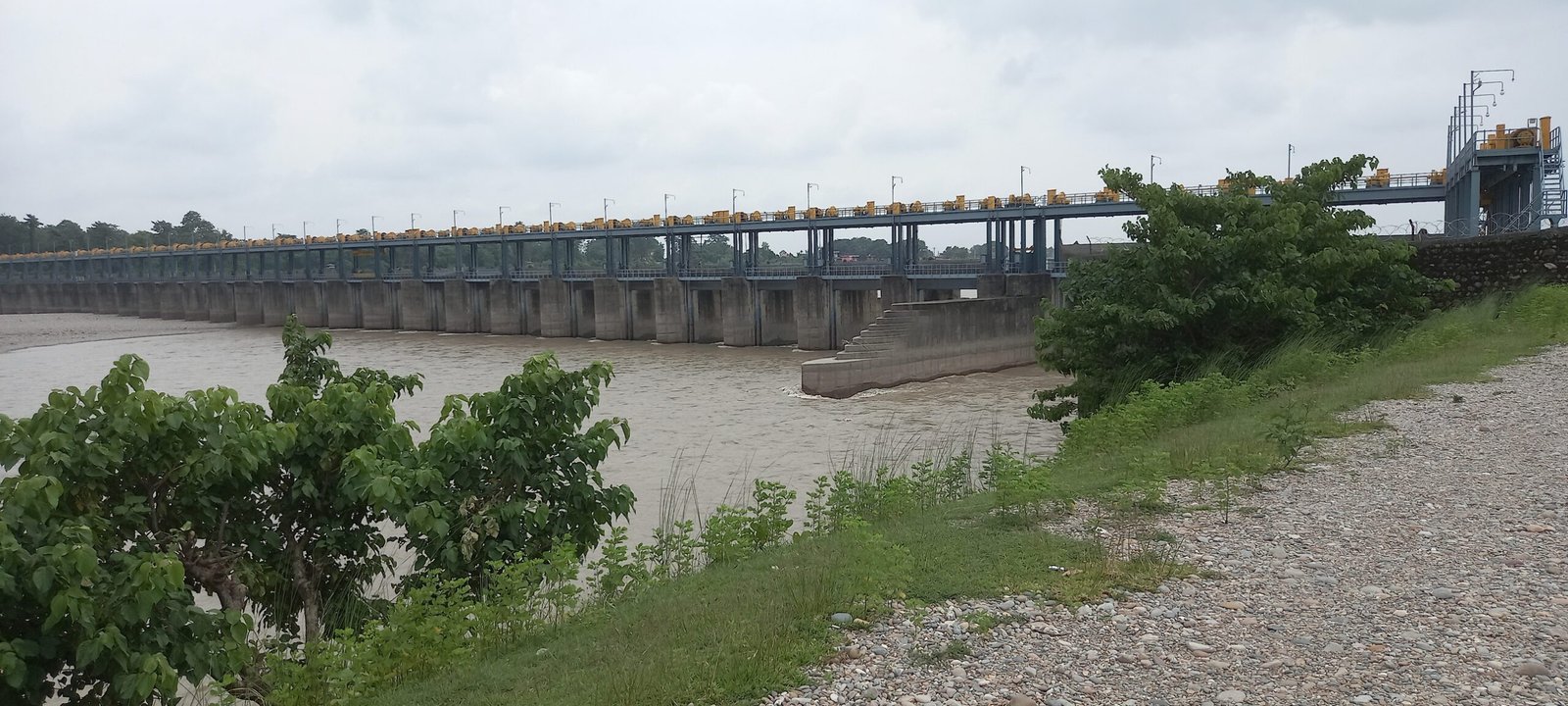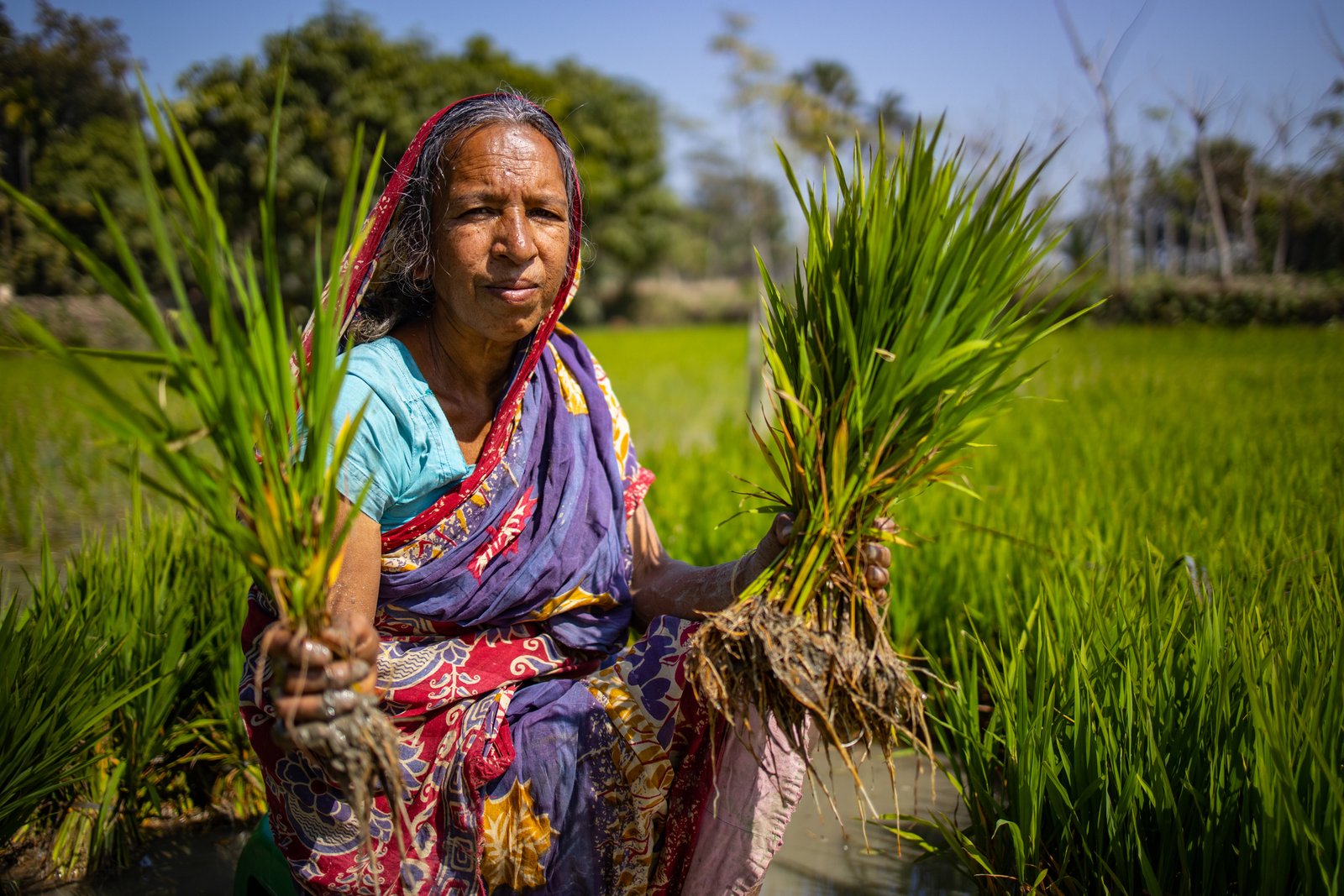Like many countries, Brazil is threatened by deforestation, climate change, and loss of biodiversity. This column explores evidence of these dangers as reflected in the country’s financial institutions. Banks and their supervisors need far greater awareness of material risks to ecosystem services of the natural world arising from their lending and investment activities.
Biodiversity loss is one of the greatest threats to humanity. Given that economies are ‘embedded’ in nature, the loss of ecosystem services such as fertile soil, flood protection, and erosion control can result in severe losses and disruptions to economic activity. These potential effects are often initially evident in negative spillover effects for the financial sector.
Biodiversity loss can affect the financial system through two main channels: physical risks, which refer to the financial impact of changes in natural capital; and transition risks, which result from the process of adjustment towards a more sustainable economy.
Changes in the stock and condition of natural capital can have material effects on businesses that depend on nature’s ability to provide ecosystem services, with implications for financial institutions. At the same time, financial institutions can have adverse impacts on biodiversity and ecosystem services through their operations and investment decisions (what is known as ‘double materiality’).
Against this background, and while efforts to develop a better understanding of the relationship between biodiversity loss and financial stability continue, it is important to build evidence on the exposure of financial institutions to nature-related financial risks.
In a recent study, which to the best of our knowledge is the first focusing on an emerging market, we explore how and to what extent banks are exposed to risk of biodiversity loss in the context of Brazil, the most biologically diverse country in the world, threatened among other things by deforestation and climate change.
The research follows similar pioneering efforts by De Nederlandsche Bank and, more recently, the Banque de France. But given that Brazil’s financial system is bank-centered, our focus is more narrowly on the banking sector rather than the whole spectrum of financial institutions.
Our results, which are preliminary given the uncertainty around transmission channels and the limitations of data and methodologies, suggest that Brazilian lenders’ exposure to the risk of biodiversity loss may be material.
As of March 2021, Brazilian banks had an outstanding credit exposure of BRL 811 billion to non-financial corporations operating in sectors that are highly or very highly dependent on one or more ecosystem service. This amount represents 46% of the total non-financial corporate loan portfolio and 20% of the total credit portfolio.
Based on the historical sensitivity of Brazilian banks’ asset quality to macroeconomic conditions and macroeconomic modeling of ecosystem services, the output losses associated with a collapse in ecosystem services could translate into a cumulative long-term increase in corporate non-performing loans in the order of nine percentage points, other things being equal.
Biodiversity and climate change mutually influence each other. This implies that Brazilian banks, which are already exposed to climate-related risks, may also face combined effects arising from the interaction between biodiversity loss, climate change, and natural disasters.
In terms of transition risk, Brazilian banks have an outstanding loan exposure of BRL 254 billion or 15% of their corporate portfolio to firms potentially operating in protected areas. Their exposure could increase to BRL 437 billion (25% of the corporate credit portfolio) should areas of very high priority actions for biodiversity conservation become protected, and to BRL 664 billion (38% of the portfolio) should all priority areas become protected.
Finally, for the 11 of 143 Brazilian listed firms for which environmental controversies have been recorded, as of 31 December 2019, banks had an outstanding loan exposure of BRL 109 billion (7% of the corporate credit portfolio).
Given the significant amount of money lent by Brazilian banks to potentially damaging projects and its dependency on nature’s provision of ecosystem services, the mainstreaming of biodiversity-related risk management practices in the banking sector presents enormous opportunities to prevent negative effects on biodiversity.
Our findings have implications for both banks and Banco Central do Brasil (BCB), the financial supervisor. Banks could begin taking steps to identify and measure their exposure to biodiversity loss with a view to monitoring and mitigating any material risks arising from their lending and investment activities.
Banks could also take steps to disclose the biodiversity impacts of their investments and require the same from firms in their portfolios. In that regard, the recently established Taskforce on Nature-related Financial Disclosures could offer the appropriate framework.
The financial sector plays an instrumental role in promoting beneficial impacts of economic sectors on nature. BCB, which in 2014 was among the first central banks in the world to require supervised entities to measure social and environmental risks, recently added a sustainability dimension to its institutional strategy. The sustainability pillar of its work program already includes initiatives that can have positive effects on conservation and restoration of biodiversity.
Better management of nature-related financial risks would not only contribute to the safety and soundness of individual banks and the financial system more broadly: it could also help to reduce the flow of capital into economic activities that harm nature, thus reducing the need for funding to conserve and restore biodiversity and ecosystem services.
This article was initially published on GlobalDev on January 31, 2022.








